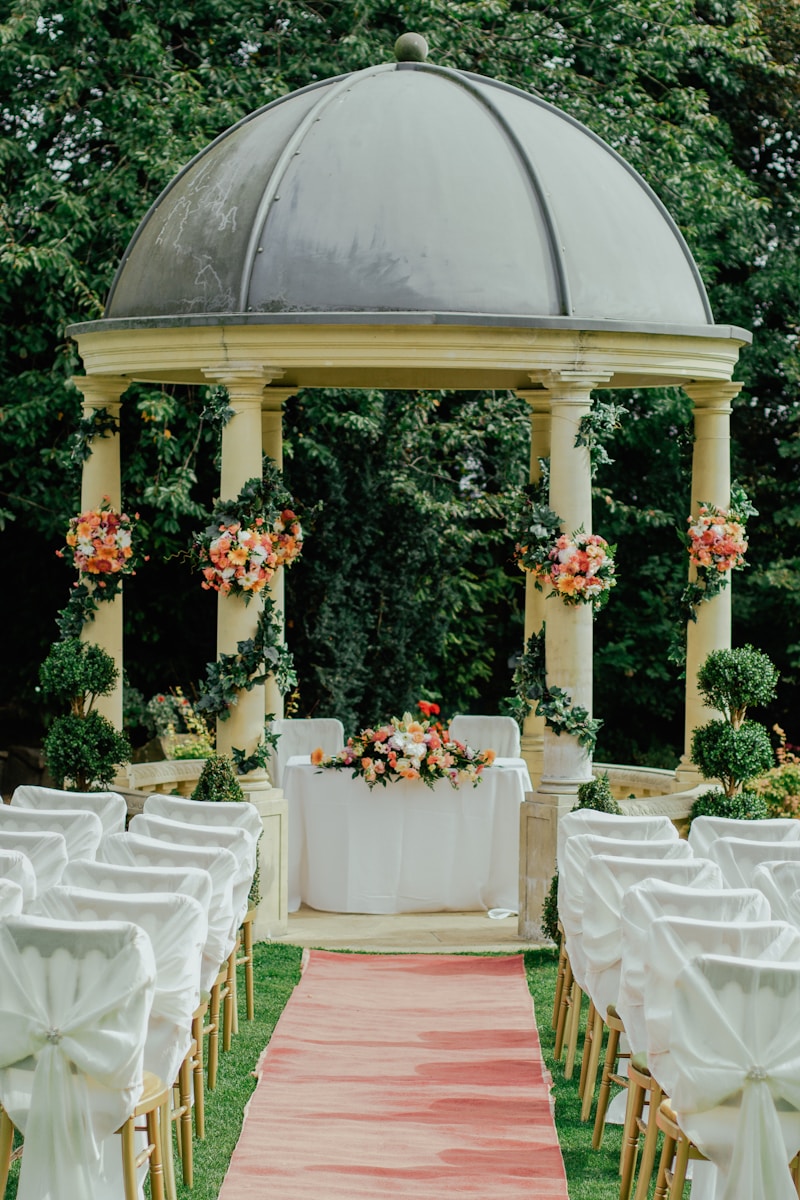Mastering Tailoring Techniques for Wedding Dresses: A Comprehensive Guide
Introduction to Tailoring Techniques for Wedding dresses
Wedding dresses symbolize elegance and beauty, making the process of tailoring them an art form in itself. Whether you are a professional dressmaker or an enthusiast planning your own wedding, understanding the different tailoring techniques for Wedding dresses is essential. This guide will delve into the techniques, styles, and tips that will help you create the perfect gown, ensuring that it fits like a dream on your special day.
Understanding the Anatomy of a Wedding Dress
A wedding dress consists of various components, each requiring specific tailoring techniques to achieve the desired fit and style. Some of the critical elements include:
- Bodice: The fitted upper portion of the dress that shapes the torso.
- Skirt: The flowing part of the dress that extends from the bodice.
- Train: The extra fabric that trails behind the bride, adding elegance.
- Fabric: The material used can significantly affect the tailoring techniques employed.
Essential Tailoring Techniques
When tailoring Wedding dresses, several techniques can ensure a flawless fit and design. Below are some of the most important methods:
1. Draping
Draping is a technique where fabric is pinned, tucked, or sewn into place on a dress form to visualize the design before actual construction. This method is especially useful for creating intricate patterns in the bodice or skirt of the dress.
2. Fitting
Achieving the perfect fit is crucial. The following fitting stages can help refine the dress:
| Stage | Description |
| Initial Fitting | Try on a model and identify areas that need adjustments. |
| First Adjustments | Make necessary alterations based on feedback. |
| Final Fitting | Ensure all adjustments result in a perfect fit. |
3. Hand Finishing
Hand finishing is a technique that provides a polished look to the dress. It may involve hand-sewing hems, appliqués, or embellishments, ensuring that each detail is carefully executed and meets the bride’s expectations.
4. Bias Cutting
This technique involves cutting fabric at a 45-degree angle to the grain. This allows for better drape and movement, making it a popular choice for skirts and flowing gowns.
Choosing the Right Fabric
The fabric selection plays a vital role in the overall look and feel of the wedding dress. Here are some popular fabrics and their characteristics:
| Fabric | Characteristics |
| Satin | Lustrous and smooth, perfect for luxurious gowns. |
| Chiffon | Lightweight and flowing, ideal for ethereal designs. |
| Lace | Delicate with intricate patterns, great for layering. |
| Tulle | Stiff and layered, often used for fullness in skirts. |
Incorporating Design Elements
Tailoring a wedding dress isn't just about the fit; the design elements matter too. Here are some aspects to consider:
- Neckline: Choose from styles like sweetheart, V-neck, or off-shoulder that flatter the bride's figure.
- Silhouette: Different silhouettes, such as A-line, ball gown, or mermaid, create diverse looks tailored to different body types.
- Embellishments: Adding beads, crystals, or embroidery can elevate the gown's sophistication.
Alteration Tips for an Ideal Fit
Even after initial tailoring, some alterations may be necessary as the wedding day approaches. Here are some tips:
- Always have a fitting session at least a week prior to the wedding.
- Communicate openly with the tailor about any concerns or desired changes.
- Use undergarments that you plan to wear on your wedding day during fitting sessions.

Summary and Key Considerations
Mastering tailoring techniques for Wedding dresses is essential to create a gown that is not only beautiful but also perfectly fitted to the bride's unique shape. From draping and fitting to selecting the right fabric and incorporating design elements, every step is crucial. Remember to allow adequate time for fittings and alterations leading up to the big day, and always communicate with your tailor to ensure that your vision is realized. With careful planning and expert techniques, your tailored wedding dress will be a stunning centerpiece on your special day.
In conclusion, whether you’re designing for yourself or others, mastering these techniques can make all the difference in the world. Happy tailoring!